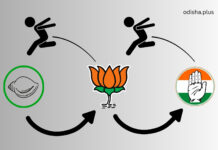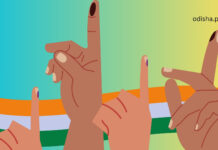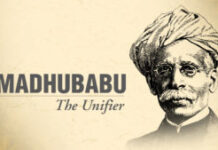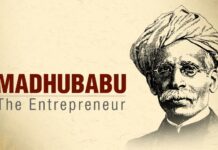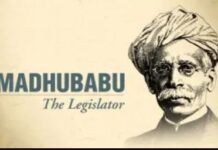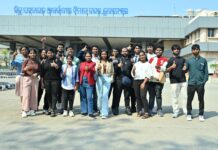Kailash Chandra Dash
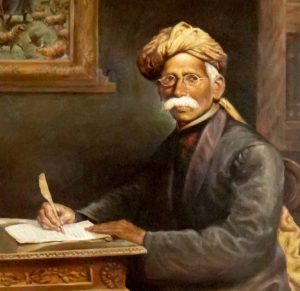
Madhusudan had excellent ideas for mobilizing the Odias for the assertion of their identity. His speeches on different occasions starting from the Utkala Sabha to Utkala Sammilani, his speeches on other public platforms in the first two decades of the 20th century possessed an extra-ordinary appeal for the enthusiastic Odias. He spoke words which could never be spoken and kindled a fire which could never be extinguished and aroused a people from long slumber.
In his speeches he imagined the glorious past of Odisha and presented it before the Odias. He was in the forefront of the followers of imagined Odia identity. Following the Andersonian view about nationalism we may state here that the imagined communities of the Odias were guided by Madhusudan Das for asserting the cultural domain of their identity. He reconstructed the identity of the Odias where he felt it disrupted.
He inspired the young men of Odisha by associating them with the activities of the Utkala Sammilani. An important evidence of his articulation of nationalistic attitude for the young men can be collected from Utkala Dipika. (UtkalaDipika, 10th November 1917).
In 1917 a unique Dasahara festival was celebrated by the School students at Cuttack. While the image was on the way to immersion the students prepared a photosketch (ChitraPatta) of fragmented Utkala which was the idea of Madhusudan Das in which mother Utkala was in one direction and her banished daughter in another direction. In the gap there was sea. It means the sea of political administration (Colonial power) had kept the daughter separated from her mother.
Both mother and daughter were looking to one another, but the daughter was banished. She had no way to return to her mother land. The young group kept the photosketch before Durga image and shouted with the slogan “Jay Utkal Jay” which was widespread.
Inspired by Madhusudan the Odia nationalists in their quest for a complete Odisha viewed the terrible image of Durga (Chhinamasta) in the deformed and scattered image of Utkala Mata. They believed that in near future the fragmented body of their mother Utkala would take a full shape in the form of the Cheerful Bhubaneswari image worshipped on the occasion of Durgapuja. (Asha, 2nd October 1916)
Madhusudan articulated the feelings of Odia identity through-out his life. But the most important phase of this articulation was till 1919. Although he had his voice after that year, the intensity began to lesson. It is a point of enquiry how the leadership of Madhusudan , the Uncrowned king of Odisha in 1914, shifted to other groups.It invites an interpretation of the issues of Odia identity (regional identity) and the wider context of Indian identity (Mahabharatiya Jatiyatabada) .
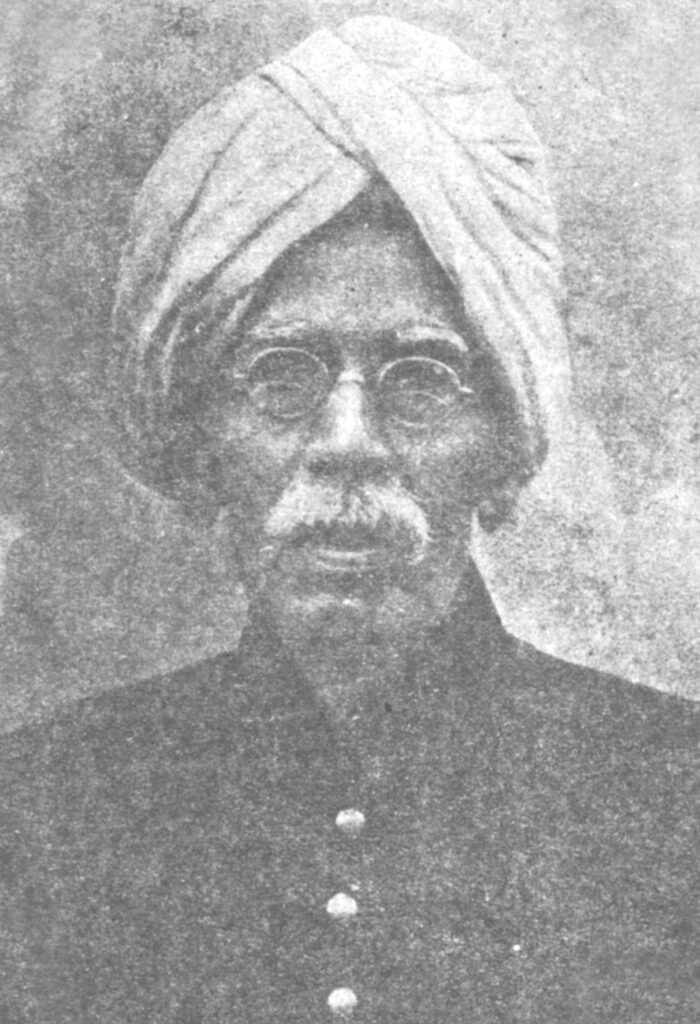
Till the 13th session of the Utkala Sammilani, Madhusudan’s activities relating to the assertion of Odia identity expanded. In March 1918 Madhusudan called three great meetings at Balikuda, Jagatsinghpur and Biridi. (Asha, March 25,1918)
Every meeting was attended by thousands of people. His purpose was to intimate the rural people with the aims and objectives of Utkala Sammilani as a remarkable step to establish Odia identity on a firm basis. His arrival in these meetings was responded with slogans from the people “Jay Utkala Jay’.
In the beginning day of the 13th session of Utkala Sammilani Madhusudan at the request of the president delivered the initial address of welcome. He accepted the meeting place of Utkala Sammilani as a mandap of mother worship. The meetings organised by Utkala Sammilani were designed for the worship of mother Utkala. He uttered-Janani janmabhoomischa Swargadapi gariyasi in the address and explained the idea-first we have to think of Janani (Mother), second Janmabhumi(Motherland) and third Svarga.(Heaven).
Everyman’s life is like a wave (Srota). In the beginning of this srota Janani, in the middle Janmabhumi(Motherland) and lastly Svarga. The life of man begins with mother, work field is Janmabhumi(Motherland) and hence the reward of work-the work in the motherland is superior to heaven. He insisted in that address to worship and pray for Utkalamata.(Ibid;April 8,1918)
It was after the 14th session of the Utkala Sammilani there was a desire of some Odias to convert the Utkala Sammilani into a wider platform for the discussion of Gandhian strategy for the national movement.
The Sammilani was originated for the purpose of the unification of the Odia-speaking tracts. Madhusudan and his associates wanted to reconstruct Odisha both geographically and culturally. They represented a generation of Odias which did not want issues of politics in their nationalist platform Utkala Sammilani. But the Utkala Sammilani of Madhusudan and others in 1920 was a young entity of 16 years and the time was in favour of a multinational movement called the Great Indian National Movement.
Hence many Odias like Gopabandhu Das and his associates eagerly wanted to make it a platform to discuss the burning political issues of the time. The discourse of Great Indian Nationalism (Mahabharatiya Jatiyatabadi )started to dominate over the small question of Odisha state formation on linguistic basis. The demand for the union of Odia-speaking areas was accepted by the senior groups represented by Madhusudan.
The Junior groups represented by Gopabandhu fully accepted the transformation of Utkala Sammilani into a platform for the spread of Indian Nationalism against colonialism. The Odia Newspapers like Asha represented the Odiaism of Madhusudan and did not appreciate to root out the primary motive of the Sammilani for the sake of the application of the Non-Cooperation programme for Indian Nationalism. (Asha, December 27 1920)
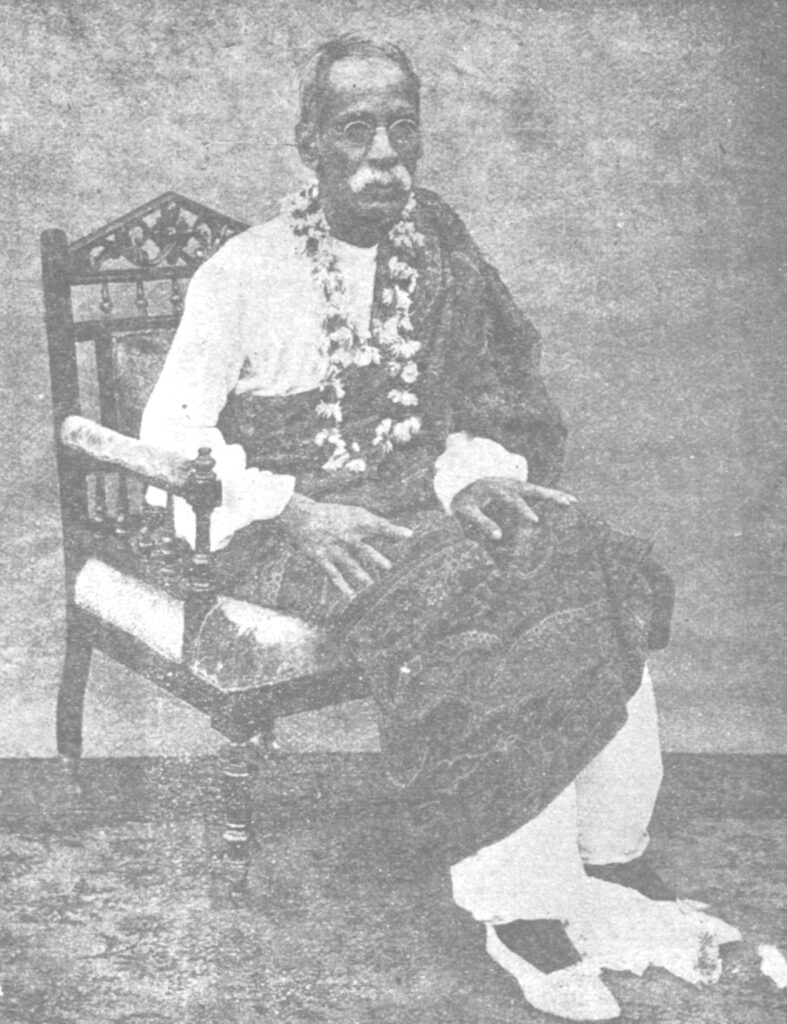
Gopabandhu himself in his Satyabadi explained his discourse of national identity against the regional identity of the Odias and even persistently demanded the progress of the Odias through the wave of Indian Nationalism. From the Chakradharpur session of the Sammilani Madhusudan disassociated himself with its activities, but continued his primary purpose-the unification of the Odia-speaking areas by many other ways.
The supervision by Madhusudan in Utkala Sammilani, his efforts to widen the constructive programmes of the Sammilani for the reconstruction of Odisha were the most significant aspects of the study of modern Odisha History. He has remained an unmistakable symbol of Odia identity till to-day.
(Concluding Part of the article Madhubabu and the Articulation of Odia Pride by Kailash Chandra Dash)

